With more and more of our data being stored in the cloud and entertainment like music being streamed, it seems like it should be easy to live with a phone without much storage. However, that storage space gets eaten up really fast — and on an iPhone you can’t add extra. Here’s how to deal with it.
Automate Photo Backups
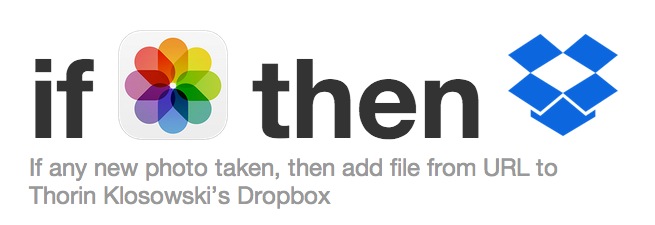
For me, photos tend to suck up the most space on my phone. I’m constantly taking pictures of stuff — to the point where my camera roll gets to a few GB each month. On a 16GB iPhone this is a serious pain to deal with.
So, I automate my backups, and go through and delete all my photos every couple of weeks. To do this, I use IFTTT’s photo backup channel to automatically send all my photos to both Dropbox and Flickr when I take them. This way, I can safely go through and delete all my pictures from the Camera Roll. Bulk deleting is a pain, but if you head into the Moments section of the Photos app you can delete large sections to delete at a time (thankfully, the deletion process will be automated in iOS 8).
Delete And Reinstall Apps
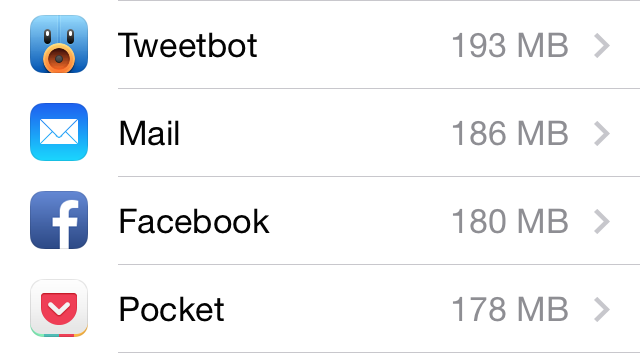
iOS apps cache a lot of their data and store it inside the app. For example, the Facebook app is 62.2MB, but it might take upwards of 200-300MB of storage space on your phone. Supposedly, this cache is deleted periodically, but when you need to free up space quickly, that’s not very helpful. Annoyingly, the fastest way to clear that cache is to delete and then reinstall the app.
To figure out which apps are hogging the most space, head to Settings > General > Usage. Some, like Facebook, Twitter or Instagram, are just using space to store the app’s cache. To get that space, delete and reinstall the app.
Other apps might store files and other data. For example, your podcast app might have a lot of old podcasts downloaded, or your cloud storage app might have files stored locally. The Usage page is a good place to figure out what’s going on so you can delete stuff you don’t need. Do this once or twice a month and you’ll keep your storage space available. Likewise, this is a good time to delete any apps you’re not actively using.
Delete iMessage Attachments Immediately
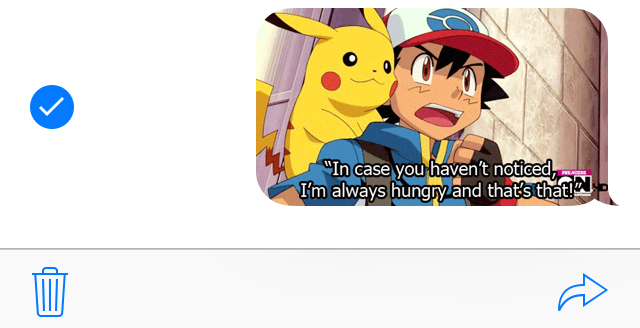
Like the apps listed above, iMessages stores everything inside its app. When I say everything, I mean everything. Every text message you receive. Every picture. Every video. Every animated GIF. It’s all there. Over time, this can get out of hand. So, I either save (and then backup with IFTTT) any photos someone sends me that I want to keep, or I just delete them as soon as they’re sent to me.
That said, if you haven’t been doing this already, you need to clean house a bit. If Messages is taking up a few GB of data, it’s worth cleaning up your iMessages threads.
If you don’t care about archiving your messages, just head into the Messages app, swipe left on a thread, and delete the whole thread. This will delete all your texts, photos and everything else from that person. If you don’t want to delete everything outright, you can use an app like i-FunBox to go through and grab backups of messages before you delete them. This way, you’ll save all those photos onto your computer and get them off your phone.
Stream Everything You Can
This sounds like common sense, but if you enjoy listening to music or watching movies, the only way you’ll be happy with a 16GB phone is to stream most of it.
You have a lots of options for music streaming services, but Spotify and Rdio tend to have the best track record for supporting iOS. They also both allow you to download tracks for offline listening, which is handy if you travel through dead spots a lot
Periodically Clean Up Old Caches With PhoneClean
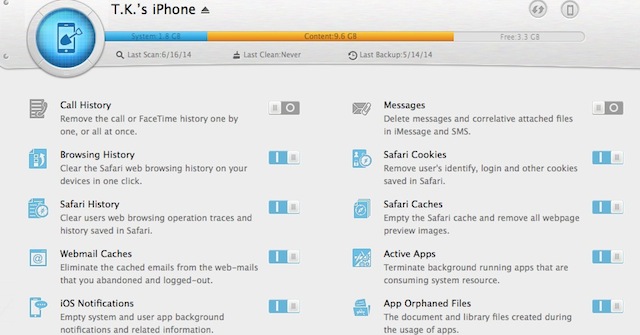
Finally, I use the previously mentioned PhoneClean to clean up junk files and free up storage space. With PhoneClean, a single click deletes a bunch of redundant files, removes browser history, and cleans up webmail.
PhoneClean has two main ways to free up storage: a quick clean and a deep clean. I typically run the quick clean once a month or so. These deletes app caches, removes temp files, deletes third-party app storage, cleans up cookies, and removes crash logs. Deep clean gets rid of more stuff, including clearing out your messages, but it’s probably not necessary for most of us to run it. If you’re jailbroken, PhoneClean also has a feature that shrinks down app size by removing unnecessary files from apps.
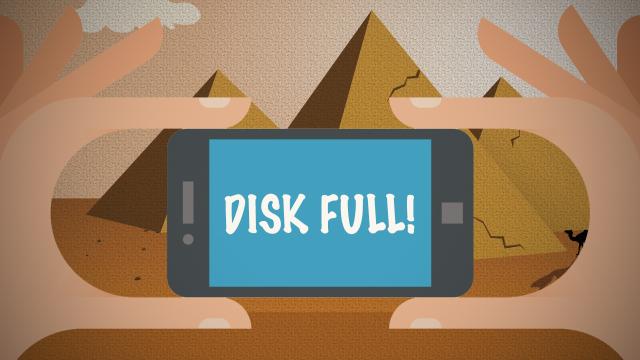
Comments